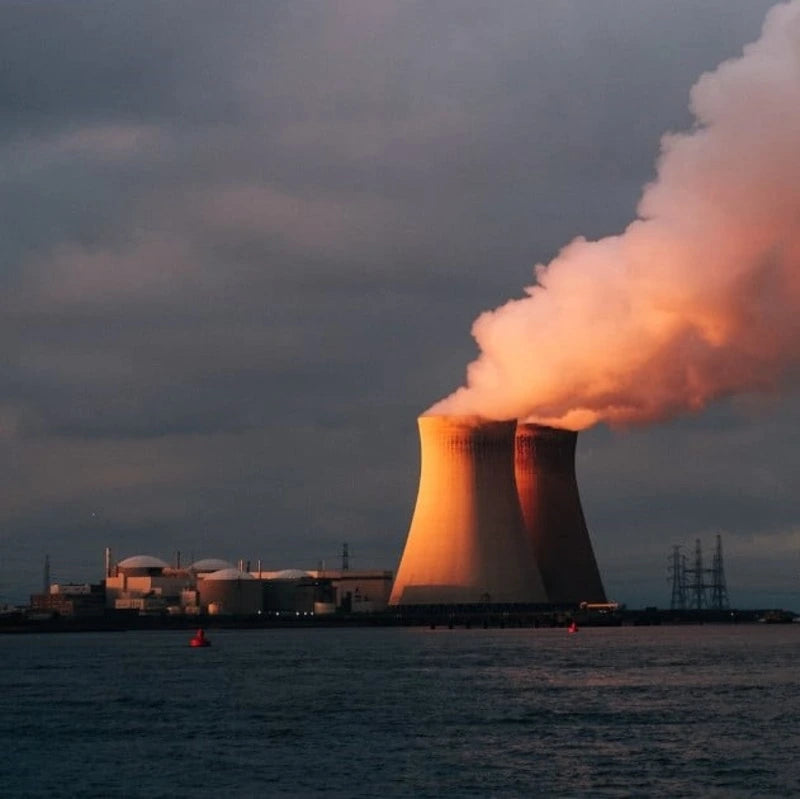In recent years, concerns about radiation contamination in various environments have risen significantly. Whether from industrial activities, natural sources, or accidents, the potential for radiation exposure is a pressing issue for many communities. Understanding how to monitor and respond to these risks is vital, particularly with products like the Milerd HiStand, designed for effective radiation monitoring. This article presents essential steps to take if you suspect radiation contamination, highlighting the importance of informed action.
Understanding Radiation Contamination
Radiation contamination occurs when radioactive materials are present in an environment, leading to potential health risks. It’s crucial to differentiate between contamination and exposure; contamination refers to the presence of radioactive substances, while exposure is the amount of radiation absorbed by an individual.
Common sources of radiation contamination include industrial sites, nuclear power plants, and natural sources like radon gas, which can accumulate in homes. Recognizing signs of contamination is vital; unusual health symptoms, such as unexplained illnesses or changes in the environment, like dead vegetation or unusual odors, can indicate potential radiation risks.
Immediate Actions to Take
If you suspect radiation contamination, it’s essential to stay calm. Maintaining a level head allows you to make informed decisions regarding your safety and the safety of those around you.
Testing and Assessment
To assess the level of radiation in your environment, consider using radiation monitoring devices like the Milerd HiStand. These devices provide real-time data on radiation levels, allowing you to make informed decisions about your safety.
Conducting environmental assessments is essential for understanding potential contamination in your surroundings. This can include checking for signs of radioactive materials and evaluating areas where contamination might occur. Additionally, it’s important to address radon, a common indoor radiation risk. Testing for radon is a straightforward process and can significantly reduce the risk of long-term exposure.
Seeking Professional Help
If you or your family experience health issues due to suspected radiation contamination, it's crucial to initiate an emergency medical response promptly. Seek medical assistance to evaluate potential radiation exposure and receive appropriate treatment.
Moreover, community health resources play a vital role in assessing and managing radiation concerns. Local health departments can provide guidance and support during such events. Consider contacting professionals for comprehensive assessments and remediation strategies to ensure your safety and the safety of your community.
Long-term Considerations
Educating yourself about radiation exposure limits is important to understand acceptable thresholds for safety. Staying informed about these limits helps you recognize when your exposure may be too high.
Additionally, preparing for radiation involves being aware of potential risks in your area and taking steps to minimize exposure, such as having a family emergency plan in place. Community initiatives that focus on educating the public about radiation risks and safety measures are vital for promoting overall community well-being.
Conclusion
In summary, if you suspect radiation contamination in your environment, taking immediate and informed action is crucial. Staying calm, limiting exposure, gathering information, and using monitoring devices can help ensure your safety. Don’t hesitate to seek professional help and utilize community health resources for support.
Stay vigilant and informed about radiation risks, and consider using the Milerd gamma ray dosimeter for effective monitoring in your environment. Together, we can create a safer, more aware community.



Laisser un commentaire
Ce site est protégé par hCaptcha, et la Politique de confidentialité et les Conditions de service de hCaptcha s’appliquent.